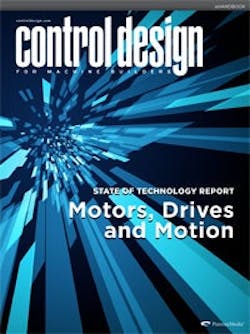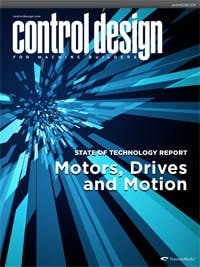The latest in motors, drives and motion: Precision-motion machinery, VFD installation and more
Without motors, motion systems and drives, many machines won’t work. And, to get the work done properly, there are basics to understand beyond the simple single-speed motor application. There is much to consider—including how components must be installed properly—when specifying and designing systems to use motors and drives.
Rotary motion devices are moving beyond the machine to the Industrial Internet of Things, as well. This report highlights best practices to follow for precision motion on new and future OEM equipment. Hydraulic power systems are also creating motion today, and they need motors. Digital-printing technology is also taking advantage of motors, motion and drives to create industrial-strength finishing systems.
This State of Technology Report brings together expert advice related to trends in motors, motion and drives.
→ Our 2017 report, "Motors, Drives and Motion," can be downloaded here.
About the Author

Dave Perkon
Technical Editor
Dave Perkon is contributing editor for Control Design. He has engineered and managed automation projects for Fortune 500 companies in the medical, automotive, semiconductor, defense and solar industries.

Leaders relevant to this article:

